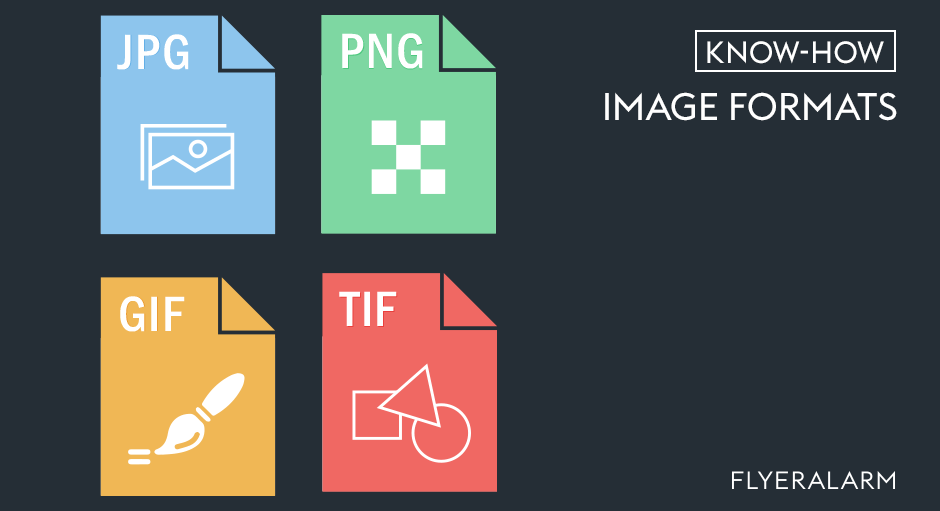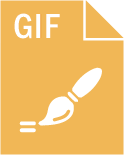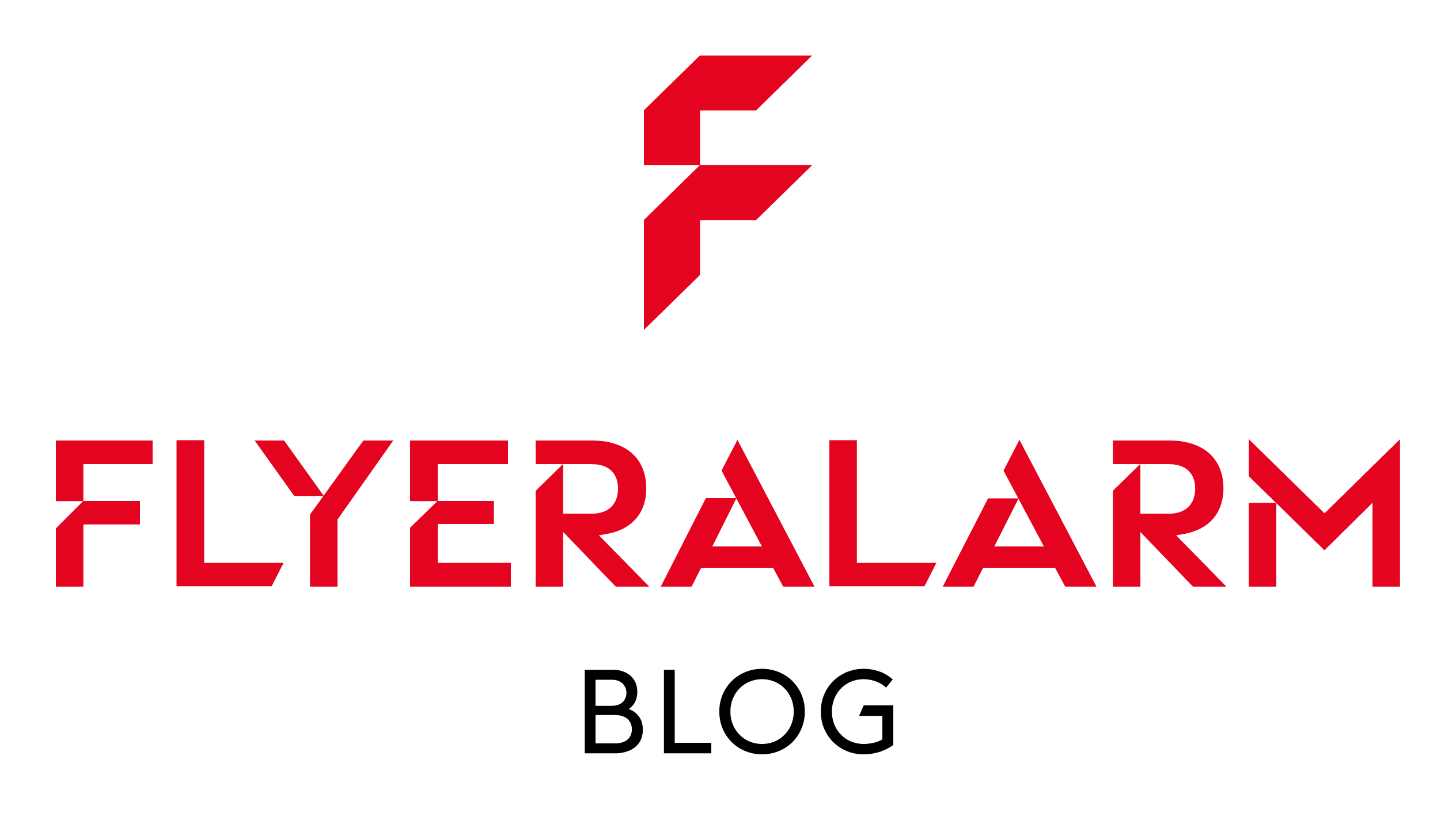
The most common image file formats are JPG, TIF, PNG and GIF. What are the differences between them, and what are they used for?
There are many different file formats that can be used to save photographs and images. Wikipedia lists more than 70! They differ in terms of the information they store, such as number of bits and compression ratios, and some are only compatible with certain software applications. This broad range of specifications means that only a small number of file formats are established in practice. The most important are JPG, PNG, TIFF and GIF. These fulfil the most common requirements and can be used in most programs. But what are the differences between them, and to what purposes are they most suited?

JPG (JPEG)
This format developed by the Joint Photographic Experts Group is the world’s most-used file type when it comes to digital images. The primary reason for its popularity is the ratio of quality to file size. JPGs are compressed to achieve the smallest possible file size, which means that similar pixels are bunched together. While this entails some loss of image information, as long as the design is not too large and compression not too great, the difference will be imperceptible. These files are small enough to send by email or to use online. High-quality JPGs are also suitable for printing.
TIF (TIFF)
The Tagged Image File Format is intended for high-quality images. In contrast to JPG, image data is barely compressed, or any compression is lossless. However, the file size is correspondingly large, which means TIFF files cannot really be used on the web. They are more suited to print applications, especially when printing very detailed designs. But you must ensure that the print files are reduced down to a single background layer.


PNG
The full name of the PNG format says it all: Portable Network Graphics are primarily intended for use on screen; they don’t support the CMYK colour space. For this reason you cannot use PNGs for printing, although you can incorporate them in your designs as long as you subsequently export them as PDF, JPG or TIF. They are useful as in addition to a lossless compression algorithm, PNG format also supports transparency, which is particularly helpful when working with floating designs.
GIF
The GIF file type (Graphic Interchange Format) can only represent 256 colours, so it is only suitable for low-quality, uncomplicated images. For that reason it has typically been used online, although PNGs are common here now too. As GIF supports transparency and a GIF file can contain multiple individual images, the format is also an excellent medium for short animations.

Conclusion
In summary, JPGs offer the best quality to file-size ratio, TIFs give you the best quality print output, PNGs support transparency but not CMYK, and GIFs are a much-loved online option, mostly for short animation. In addition to the preferred PDF format, you can therefore supply your artwork for articles such as office supplies, hospitality products or PoS advertising in JPG or TIF format.
